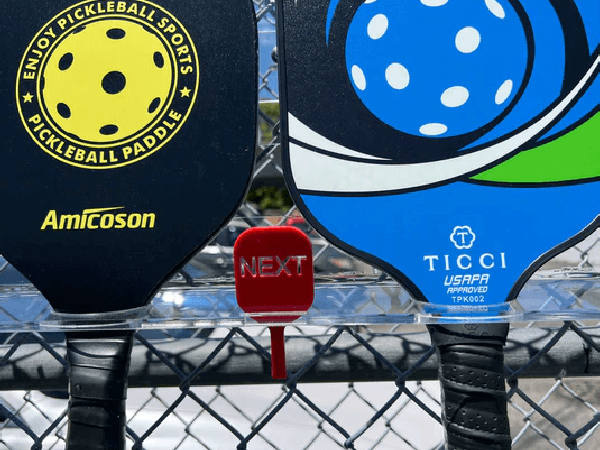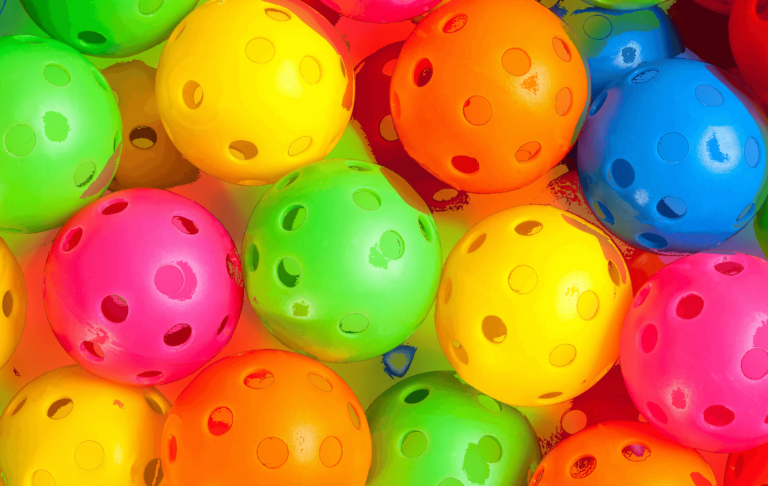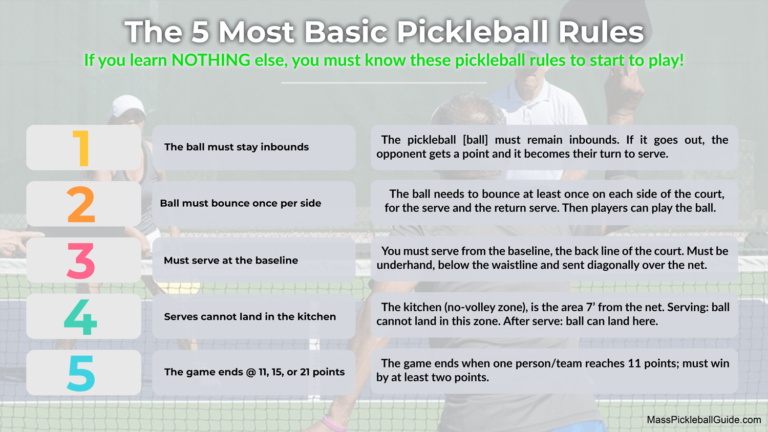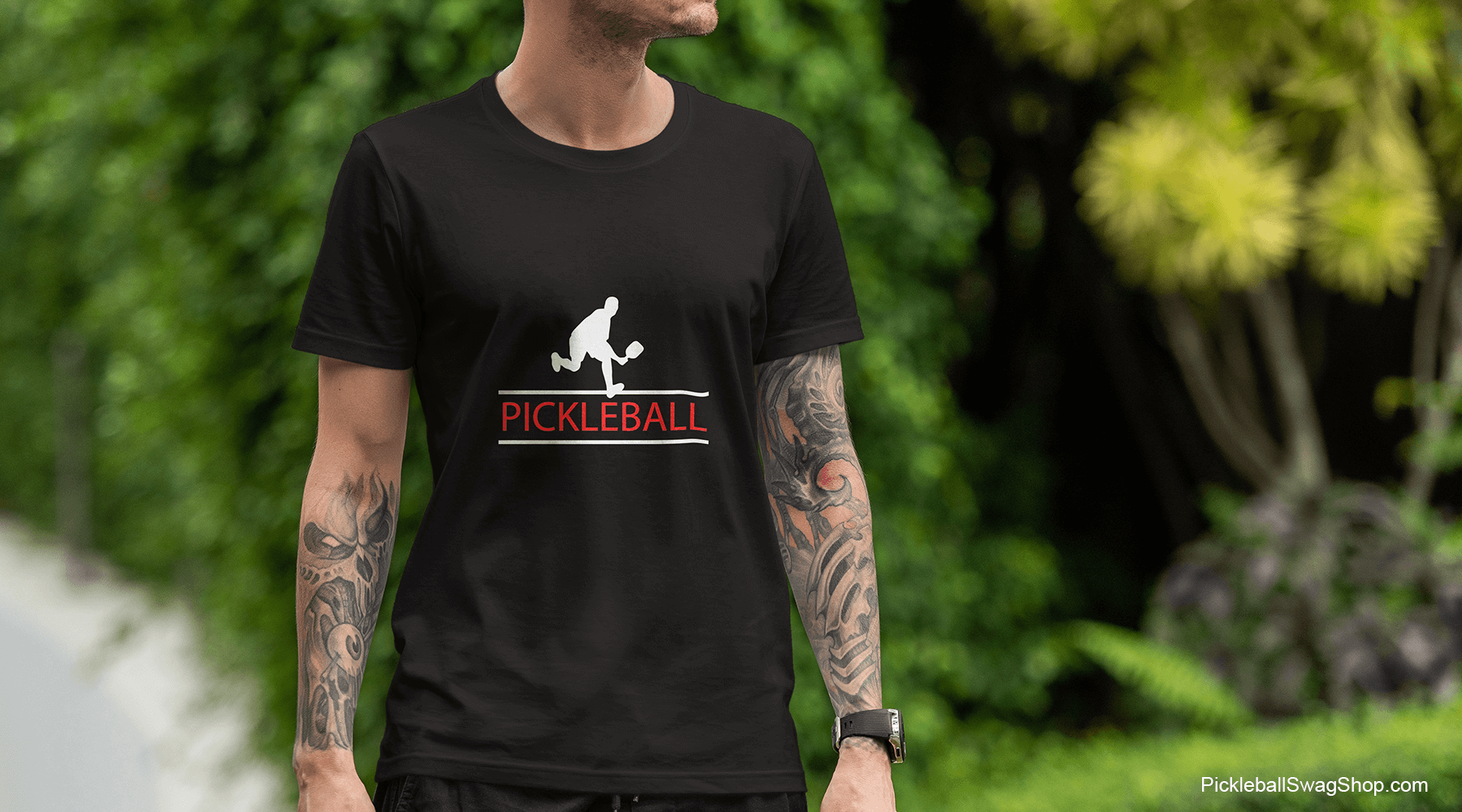How to Wait for a Pickleball Court: Tips & Rules
common sense rules
Introduction
We know you’ve experienced this before… you’re having a friendly pickleball match with a friend and you can see folks on the court waiting their turn to play. They’re checking their smartphones, talking loudly and clearly showing their impatience that they must wait. It’s nerve racking, rude and disrespectful of you and the game of pickleball itself.
Maybe, just maybe, they do not know how to wait for the next opportunity to play. And maybe you don’t know how to wait your turn to jump onto the court. The dreaded “pickleball queue,” a place where paddles and patience intertwine.
This post is your guide to navigating this delicate scenario with relative grace. So, why is waiting etiquette so crucial, and what are the golden rules for doing it right?
Why Waiting Etiquette Matters
A Smooth Pickleball Experience
First things first: pickleball is not just a game; it’s a social experience. Whether you’re a seasoned pro or new to the court, proper waiting etiquette is your passport to a friendly and organized game environment. Understanding how to wait your turn can enhance not only your own experience but also that of your fellow players. It’s akin to knowing when to serve or how to score — fundamentals that can’t be ignored.
| Reasons Why Etiquette Matters | How it Impacts the Game |
|---|---|
| Fosters Community | Creates a welcoming atmosphere for all players |
| Reduces Conflicts | Minimizes disputes over court usage and turn-taking |
| Streamlines Play | Allows for a smooth transition between games |
Preventing the Domino Effect
Imagine a scenario where everyone stands with their paddle in hand, ready to pounce on the next available court. Chaos ensues, voices raise, and what was supposed to be a friendly match turns into an argument. Trust us, you don’t want to be the person who triggers this domino effect of bad etiquette and find yourself on the 10 O’clock new that night, or even worse: an Instagram short of you being a Karen ranting on the sidelines.
The Importance of the Pickleball Paddle Holder
Ever wondered what that nifty little rack near the pickleball courts is? That’s your trusty paddle holder, and it serves as the control tower of pickleball waiting etiquette. Think of it as the airport gate of pickleball—a place where you park your “flight gear” (aka paddle) and wait for the announcement (or in this case, an open court).

Why the Paddle Holder is Your Best Friend
- Unambiguous Communication: Placing your paddle in the holder sends a clear message—you’re next in line.
- Fair Play: The paddle holder ensures a first-come, first-served system, minimizing conflicts.
- Peace of Mind: With your paddle secure, you can relax and even engage in a little solo practice as you wait.
How to Use the Paddle Holder
Waiting for a court involves more than just plonking your paddle into a holder.
When all the courts are occupied, players who are waiting should put their paddles in the designated paddle holder to indicate they’re in line for an open court. Avoid holding your paddle and expecting immediate access to a court. If there are paddles already in the paddle holder, players who have just finished their game should leave the court, allowing those who are waiting to take over the now-available court.
Here’s how to do it right:
Steps to Place Your Paddle
- Approach the Holder: Walk over to the paddle holder near the courts.
- Find a Slot: Look for an available slot or hook.
- Place Your Paddle: Insert your paddle into the slot.
- Check the Queue: Take note of the paddles ahead of yours. This gives you an estimate of the waiting time.
While You Wait
- Observe the ongoing games to learn new strategies.
- Socialize with fellow players.
- Warm up or stretch to keep your muscles active.
- Review the pickleball etiquette guidelines for beginners for a refresher.
Don’ts While Waiting
- Standing with Paddle in Hand: This is confusing and can create tension among waiting players.
- Skipping the Queue: Cutting in line is a definite no-no; it’s unfair to others who have been waiting.
- Arguing Over Turn: A quick glance at the paddle holder can tell you whose turn it is. No need for a debate.
Understanding Turn Rotations
- Four Off, Four On: The most common system. When a game ends, the waiting team (or players) replaces the losing team.
- King of the Court: In this setup, winners stay on until they lose, while the losers rotate out.
How to Gracefully Handle Conflicts
- Open Dialogue: A polite conversation can resolve most misunderstandings.
- Refer to the Paddle Holder: When in doubt, the paddle holder is the final arbiter.
- Sporting Spirit: At the end of the day, remember it’s a game meant for enjoyment.
Bonus Tips
- Always thank the players leaving the court.
- If you’re new, observe how the regulars use the paddle holder and follow suit.
- Explore our [Pickleball Beginner Tips].
Conclusion
Waiting for a pickleball court may seem like a minor aspect of the game, but it’s one that holds great importance. From fostering a friendly community to streamlining play, the nuances of proper waiting can make a world of difference. So the next time you find yourself in the pickleball queue, remember: patience and etiquette are your best allies.



![The [absolute] worst 2023 pickleball rule!](https://masspickleballguide.com/wp-content/uploads/blog-header-pickleball-clothing-768x512.png)



